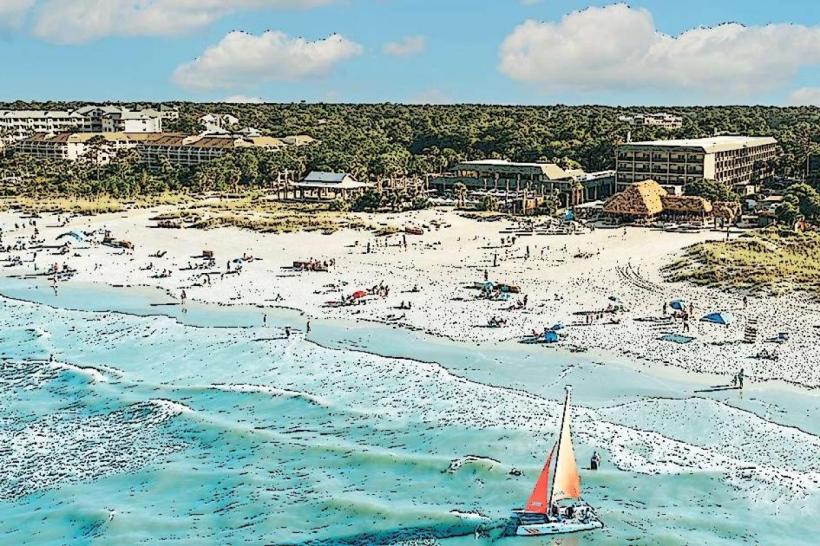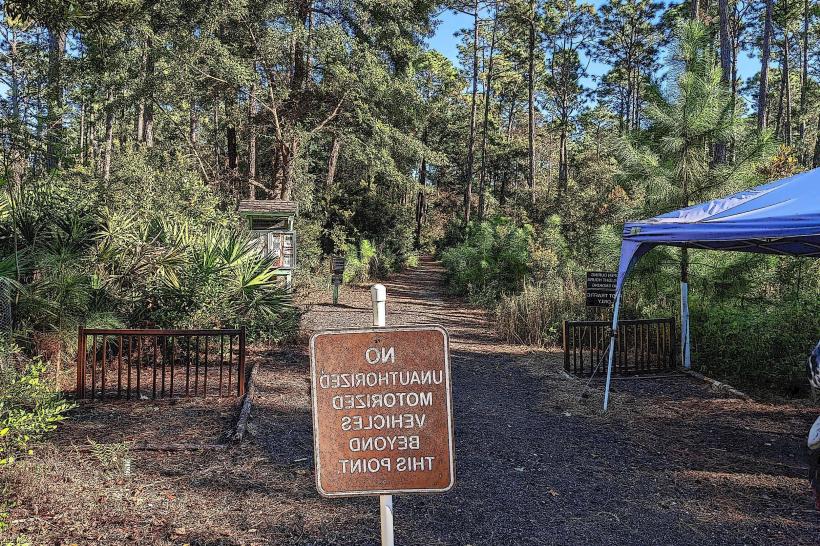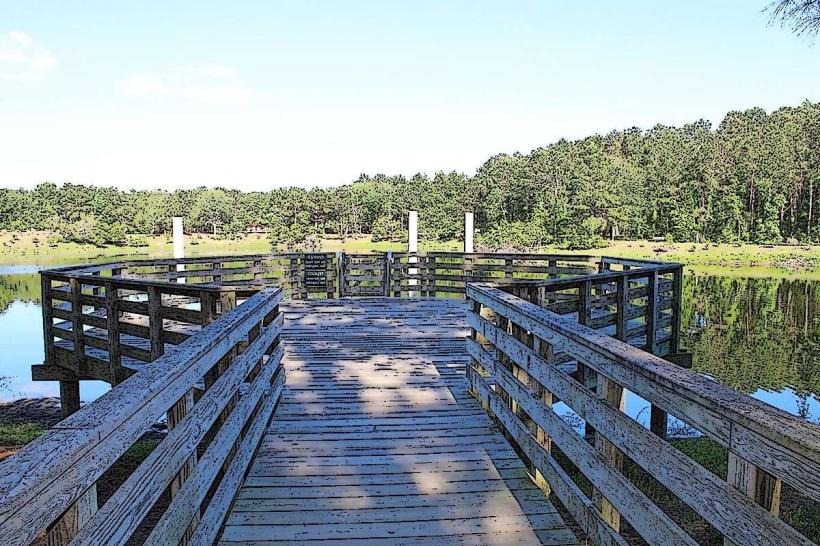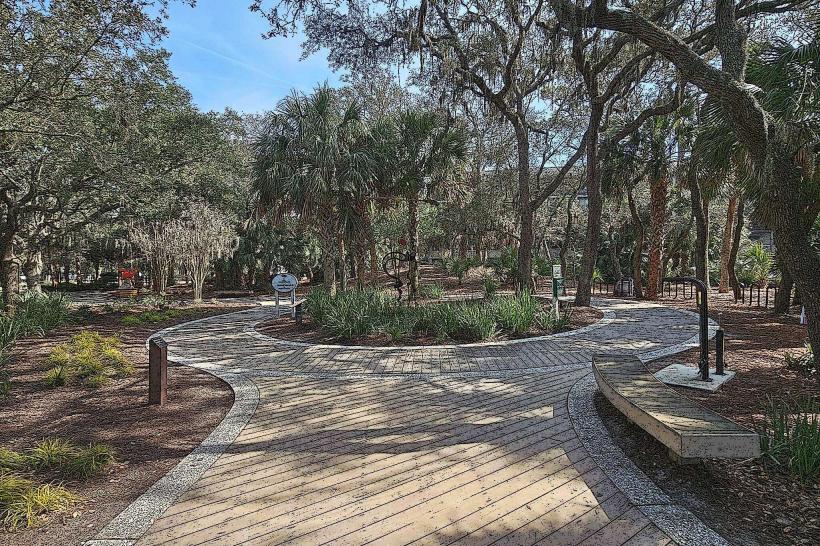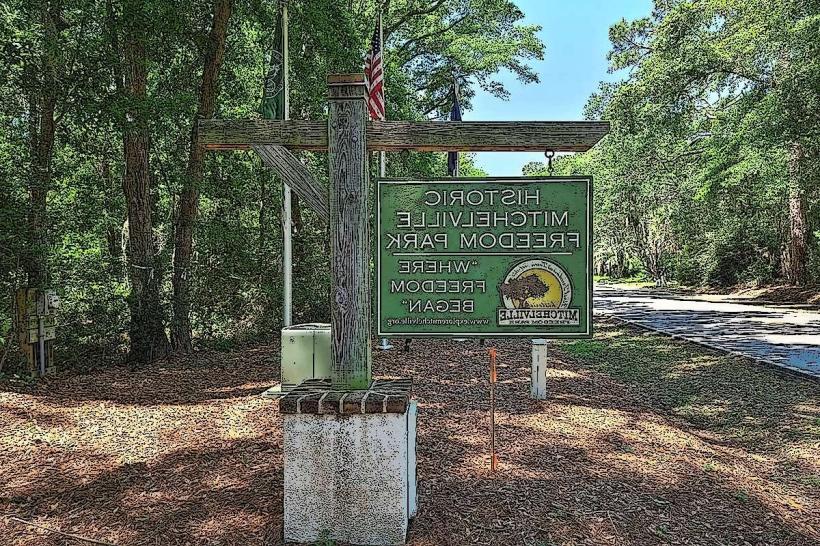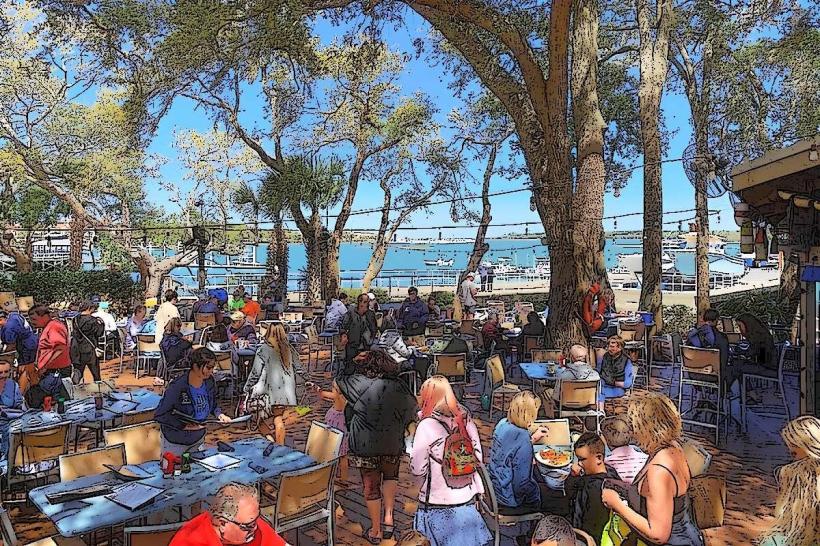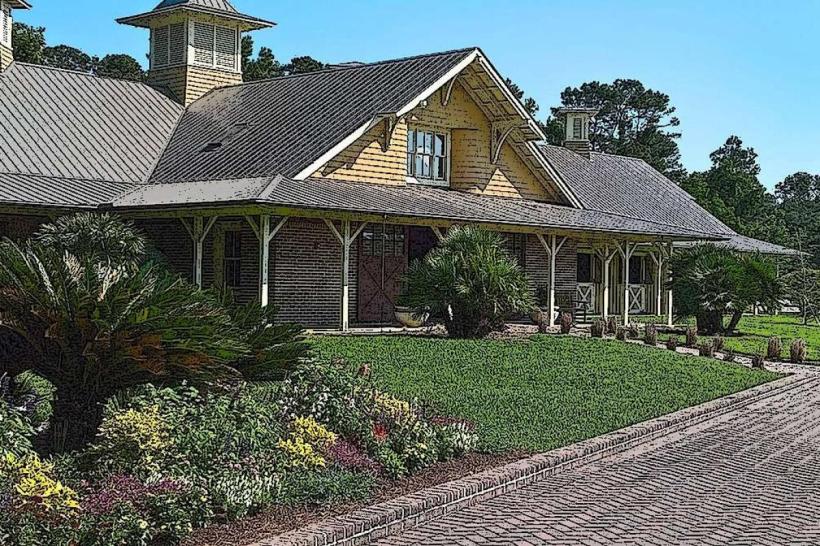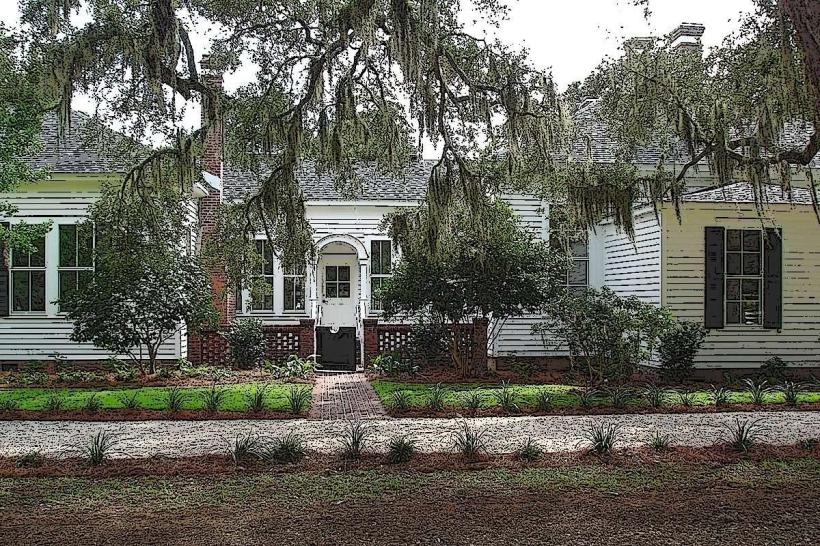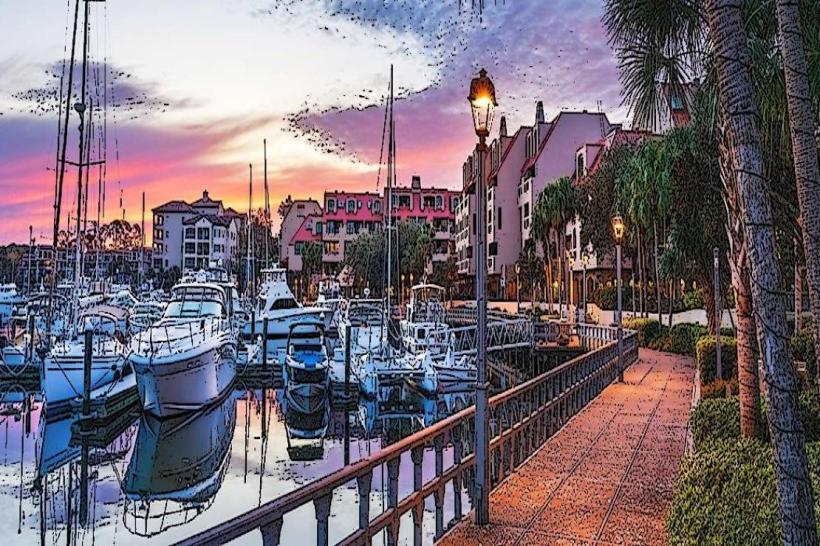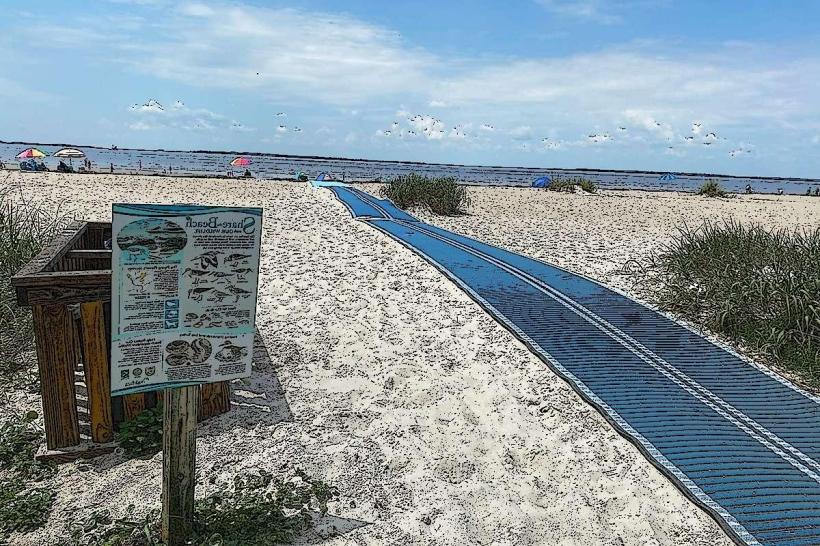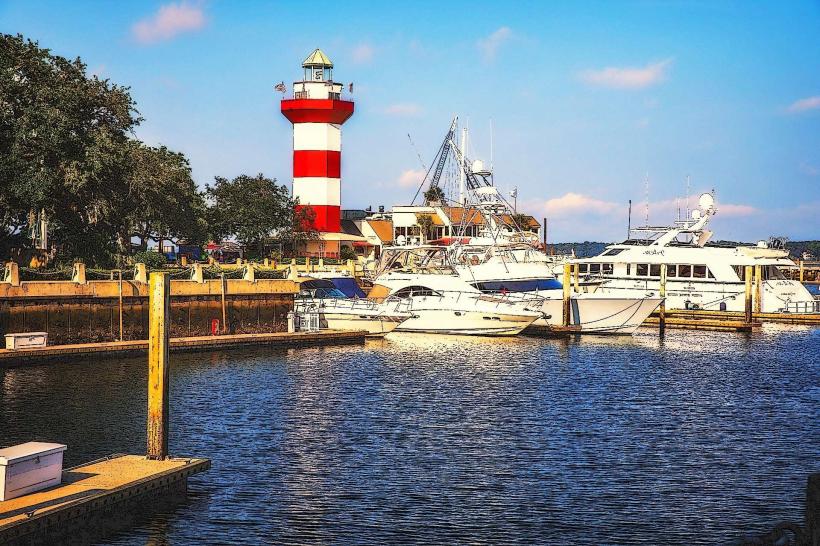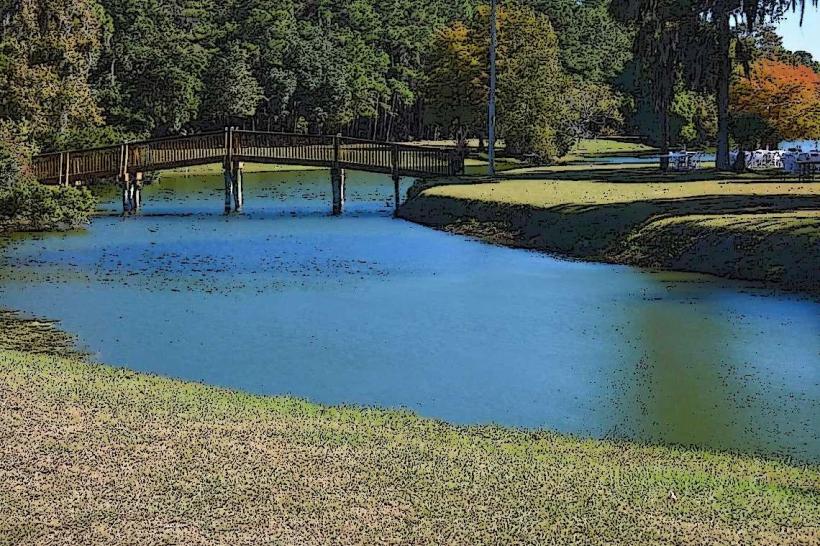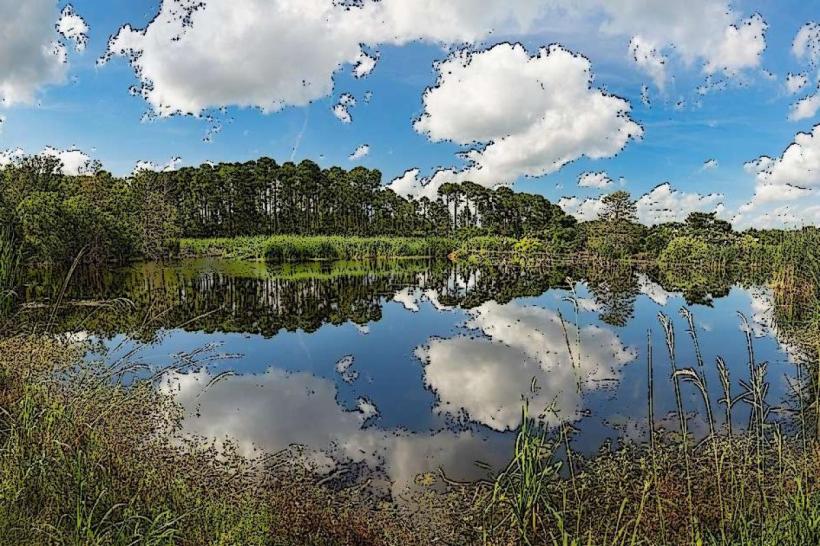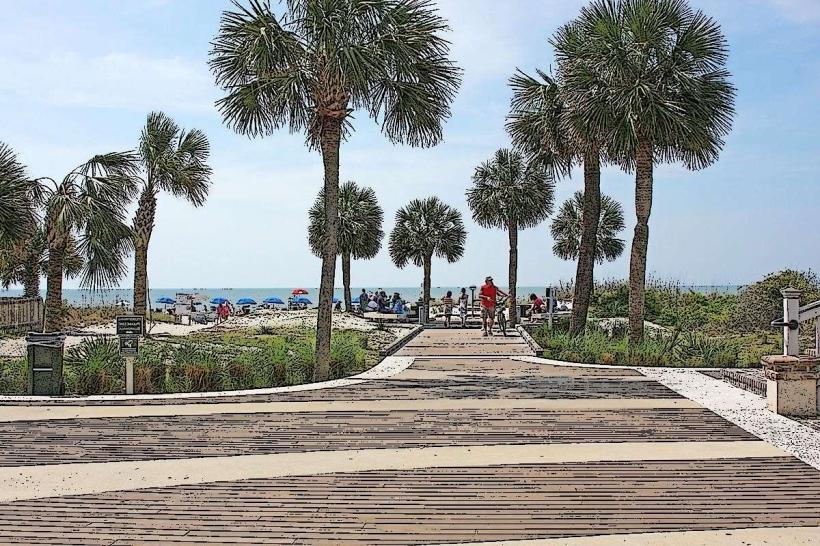Information
Landmark: Coastal Discovery MuseumCity: Hilton Head Island
Country: USA South Carolina
Continent: North America
Coastal Discovery Museum, Hilton Head Island, USA South Carolina, North America
Overview
The Coastal Discovery Museum, located on Hilton Head Island, South Carolina, is a nature preserve and cultural center that encompasses 68 acres of the historic Honey Horn Plantation, after that its purpose is to preserve and exhibit the natural landscapes, wildlife, and heritage of the Lowcountry for all visitors; they are encouraged to participate by providing hands-on learning opportunities.History and Setting. It is part of the property, which has a long history as part Honey Horn Plantation.It appears, The Discovery House, constructed in 1859, is the island's oldest standing wooden structure and serves as its central point, and live oaks that date back to the 13th century, covered in Spanish mosses, and have open meadows, are still present within the museum's grounds.The combination of historic architecture and unspoiled nature makes it more of a living history park than merely displaying artifacts in museums.Layout and Features.The Discovery House's permanent displays on local history, Gullah culture, and the ecology of the South Carolina coast are showcased inside, after that local artists or themes like marine life, regional history, or environmental conservation are often showcased in rotating art and photography shows.Children can engage in interactive activities, scavenger hunts, and explore the Discovery House's Kids' Zone, which includes reptiles and slight marine creatures.The landscape offers opportunities for outdoor exploration through shaded pathways that wind past salt marshes, tall hardwood trees, and heritage gardens.During the season, the Karen Wertheimer Butterfly Enclosure is a popular feature that allows visitors to interact with native butterflies and gain insight into their life cycles.In the Lowcountry, Heritage Gardens are a set of demonstration gardens that showcase plant species like indigo, cotton, rice, and camellias.Marsh Boardwalk – Wooden walkways lead into tidal marshes, providing views of crabs nesting among birds and other wildlife in their natural habitat.The experience is enriched by the placement of sculpture installations and interpretive signs along the trails, which also feature art and educational plaques.Programs and Experiences. The museum's interactive programming is complemented by guided tours and seasonal events.These include:Exploration of salt marshes by amateur naturalist.Experience the Lowcountry's heritage of slaves and their ancestry in Gullah heritage tours.Explore blue crabs and go on birding walks.Talks and initiatives aimed at protecting sea turtles.Indigo dye workshops and historical art exhibitions.Reptiles and invertebrates from the area are introduced during Critter Meet & Greet sessions.Events and Community Role. The museum organizes festivals, lectures, and runs a farmers' market every week to sell local produce in addition to its seafood and crafts, after that the mission of the organization includes educational outreach, which is evident in school programs and partnerships that span across the island.Visitor Information.Monday through Sunday, from 9 to 4:30 pm, and from 11 am to 4:30 pm.Admission is free and donations are encouraged to support education and conservation efforts.Parking: Free onsite parking.It is recommended to wear comfortable shoes for walking around the open-air areas, which are best explored on foot.It is conveniently located just off Highway 278, near the Cross Island Parkway exit.Beyond displays, the Coastal Discovery Museum is an opportunity to learn about the culture and customs of the South Carolina Lowcountry while also experiencing nature as one might leave it at.
Author: Tourist Landmarks
Date: 2025-08-11



